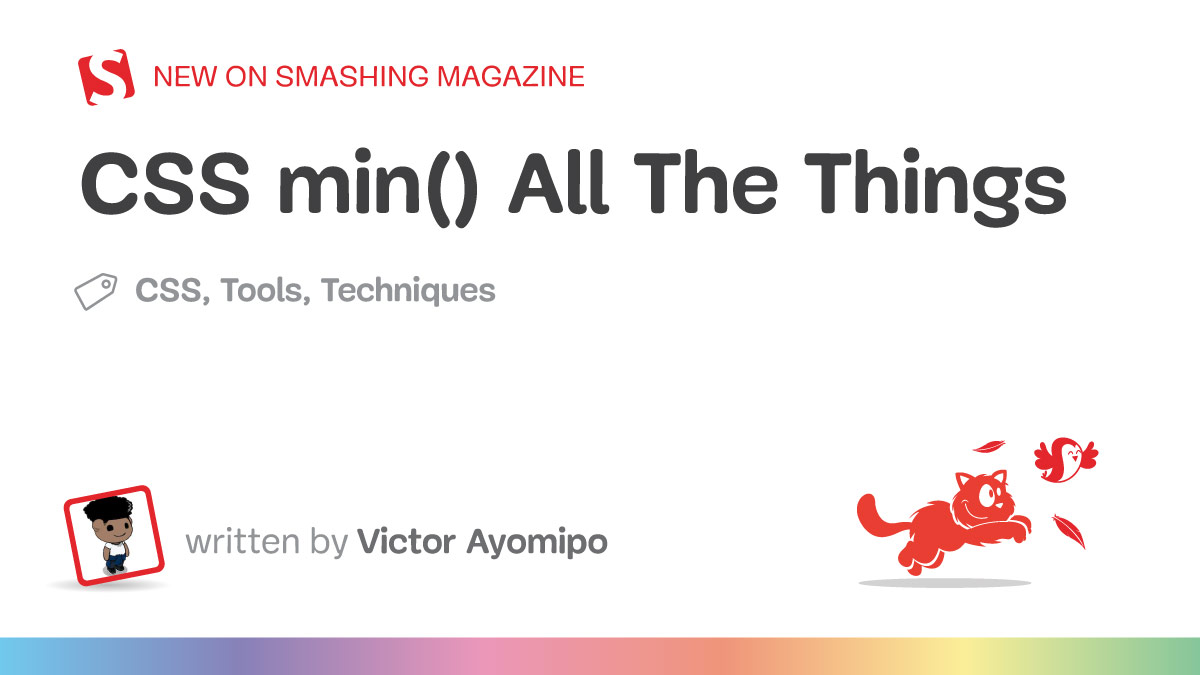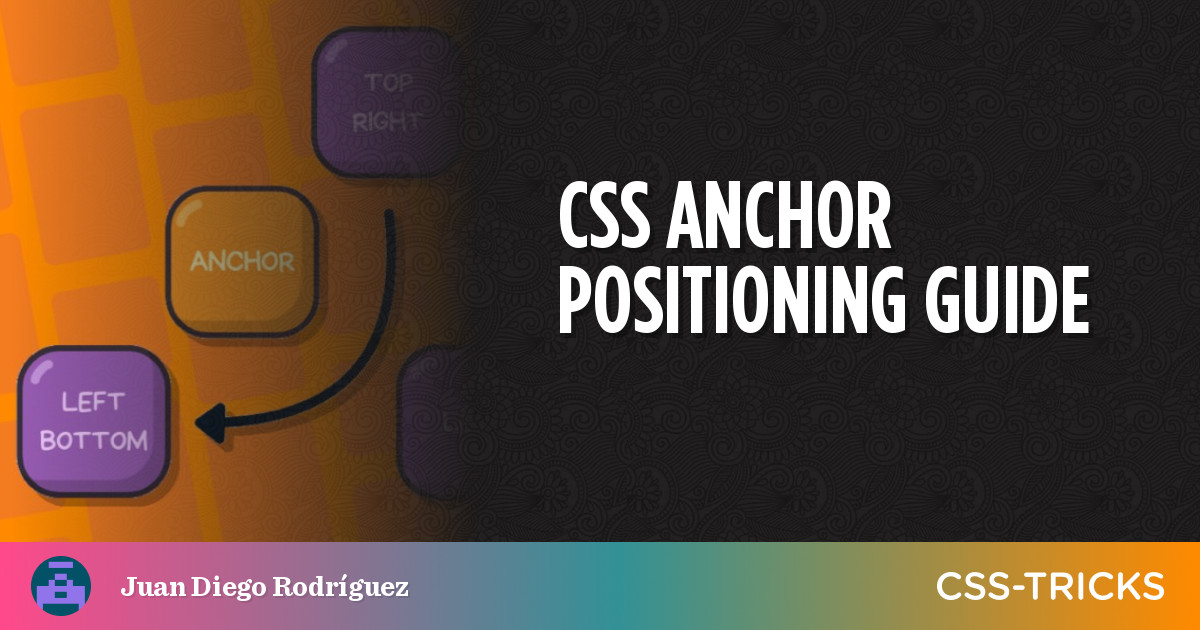I totally get the goal here: make CSS more modular and scalable in WordPress. Put all your global WordPress theme styles in a single file, including variations. JSON offers a nicely structured syntax that’s easily consumable by JavaScript, thereby allowing the sweet affordance of loading exactly what we want when we want it. The problem, […]
Victor Ayomipo experiments with the CSS min() function, exploring its flexibility with different units to determine if it is the be-all, end-all for responsiveness. Discover the cautions he highlights against dogmatic approaches to web design based on his findings. Did you see this post that Chris Coyier published back in August? He experimented with CSS […]
Despite having the SAME EXACT STYLE, the 2nd div just will not display the full rainbow gradient image on mobile and I really don’t understand why. I want the gradient in the bottom box to be identical to the one on the top, instead of randomly stopping at yellow. background-cover doesn’t seem to be working, […]
CSS gradients have been so long that there’s no need to rehash what they are and how to use them. You have surely encountered them at some point in your front-end journey, and if you follow me, you also know that I use them all the time. I use them for CSS patterns, nice CSS […]
More times than I can count, while writing, I get myself into random but interesting topics with little relation to the original post. In the end, I have to make the simple but painful choice of deleting or archiving hours of research and writing because I know most people click on a post with a […]
The @supports at-rule has been extended several times since its initial release. Once only capable of checking support for property/value pairs, it can now check for a selector using the selector() wrapper function and different font formats and techs using font-format() and font-tech(), respectively. However, one feature the community still longs for is testing other […]
There is an amazing community effort happening in search of a new logo for CSS. I was a bit skeptical at first, as I never really considered CSS a “brand.” Why does it need a logo? For starters, the current logo seems… a bit dated. Displayed quite prominently is the number 3. As in CSS version […]
Not long ago, if we wanted a tooltip or popover positioned on top of another element, we would have to set our tooltip’s position to something other than static and use its inset/transform properties to place it exactly where we want. This works, but the element’s position is susceptible to user scrolls, zooming, or animations […]
An approach for creating masonry layouts in vanilla CSS is one of those “holy grail” aspirations. I actually tend to plop masonry and the classic “Holy Grail” layout in the same general era of web design. They’re different types of layouts, of course, but the Holy Grail was a done deal when we got CSS […]
The creator of CSS has said he originally envisaged CSS as the main web technology to control behavior on web pages, with scripting as a fallback when things weren’t possible declaratively in CSS. The rationale for a CSS-first approach was that “scripting is programming and programming is hard.” Since introducing the :hover pseudo-class, CSS has been standardizing patterns developers create in JavaScript and “harvesting” them […]


